-
Legacy Member

-
-
04-25-2011 01:27 PM
# ADS
Friends and Sponsors

-
Legacy Member

British proof marking do not, in and of themselves, have anything to do with "Lend Lease". All the marking prove is that the gun in question was in Great Britain at one time and was, as required by British law, inspected, proofed and marked prior to leaving the country. In the 1950s big importers such as Interarmco (Interarms) had a warehouse in Great Britain and guns purchased thoughout the world were stored there. Prior to being exported to the U.S. all of these guns, be they M1
proof marking do not, in and of themselves, have anything to do with "Lend Lease". All the marking prove is that the gun in question was in Great Britain at one time and was, as required by British law, inspected, proofed and marked prior to leaving the country. In the 1950s big importers such as Interarmco (Interarms) had a warehouse in Great Britain and guns purchased thoughout the world were stored there. Prior to being exported to the U.S. all of these guns, be they M1 Garands, or a Colt SAA, had to be proofed prior to export.
Garands, or a Colt SAA, had to be proofed prior to export.
-
The Following 2 Members Say Thank You to Joe W For This Useful Post:
-
-
Contributing Member


when rifles leave the UK they need to be proofed IIRC
so at some point it was surplus and moved through the UK - not a lend lease rifle
from the GCA .org The Garand Collectors Association Glossary of Terms
.org The Garand Collectors Association Glossary of Terms
A set of stampings required by British law on any firearm exported from England . The 1941 – 1942 Lend Lease rifles imported in the 1960’s carried these marks in the barrel date area, and later imports on the top of the barrel between the rings of the gas cylinder. Collectors generally dislike non-standard markings.
. The 1941 – 1942 Lend Lease rifles imported in the 1960’s carried these marks in the barrel date area, and later imports on the top of the barrel between the rings of the gas cylinder. Collectors generally dislike non-standard markings.
Last edited by Mark in Rochester; 04-25-2011 at 02:18 PM.
He is no fool who gives what he cannot keep to gain that which he cannot lose
There are no great men, only great challenges that ordinary men are forced by circumstances to meet.
-
The Following 2 Members Say Thank You to Mark in Rochester For This Useful Post:
-
Legacy Member

Note the 4th picture, the one that shows the 494" and the PR followed by the circle with numbers and letter. That circle is the "private view mark" that was used by Birmingham Proof House starting in 1975. Before 1975 they used crossed swords instead of a segmented circle. In either case the letter at 3 o'clock is always a "B" for Bermingham. The number at 6 o'clock, in this case a 1, is the seniority of the inspecter. The letter at 9 o'clock, in this case it looks to be a "D", would indicate that the year the rifle was proofed was 1978. They started with "A" in 1975 and progressed each year, so a "D" would be 1978. Seems like, they went back to marking the proof in the barrel date area as yours.
-
Thank You to Joe W For This Useful Post:
-
Advisory Panel


-
Thank You to Brian Dick For This Useful Post:
-
FREE MEMBER
NO Posting or PM's Allowed

Very Interesting info, I know about the need for proofs on anything moving through GB but not what they meant.
Is there a data source that explains the range of proofs expanding on the post by 'Joe W'
-
Legacy Member


Originally Posted by
gulliver62

Very Interesting info, I know about the need for proofs on anything moving through GB but not what they meant.
Is there a data source that explains the range of proofs expanding on the post by 'Joe W'
Good article by Scott Duff in the Apr. 2002 American Rifleman " Garands in the Kings Service". Also back issues of the GCA Journals, "British
Journals, "British Marked Garands" by David Kaczmarek ( 1991) and also "The Lend-Lease Fallacy" by Bruce N. Canfield. I would say Scott Duffs article in the Rifleman should give you most of what you are looking for.
Marked Garands" by David Kaczmarek ( 1991) and also "The Lend-Lease Fallacy" by Bruce N. Canfield. I would say Scott Duffs article in the Rifleman should give you most of what you are looking for.
As to the meaning -- Crown over BNP = British Nitro Proof, 30/06 (caliber), 2.494 ( length of cartridge case in decimal ). 2nd line - 18 tonsper and the square is the pressure of the nitro proof charge in tons per square inch. This is calculated in long tons, or about 2,240 lbs, and yielded 40,320 lbs. per square inch by the British axial method, or about 50,000 psi by the American radial system. The last mark is the "Private View Mark". This information is all found in Scott Duffs article.
Keep in mind that this is the Birmingham Proof House markings. The proof markings done by the London Proof House were a bit different.
Last edited by Joe W; 04-26-2011 at 10:00 PM.
-
out of the safe to show me. It is a very nice IHC with British
proofs. How did this rifle end up with British proofs being as how it's a post WWII rifle? I thought we only supplied Garands to Great Britain in WWII with the Lend Lease program.
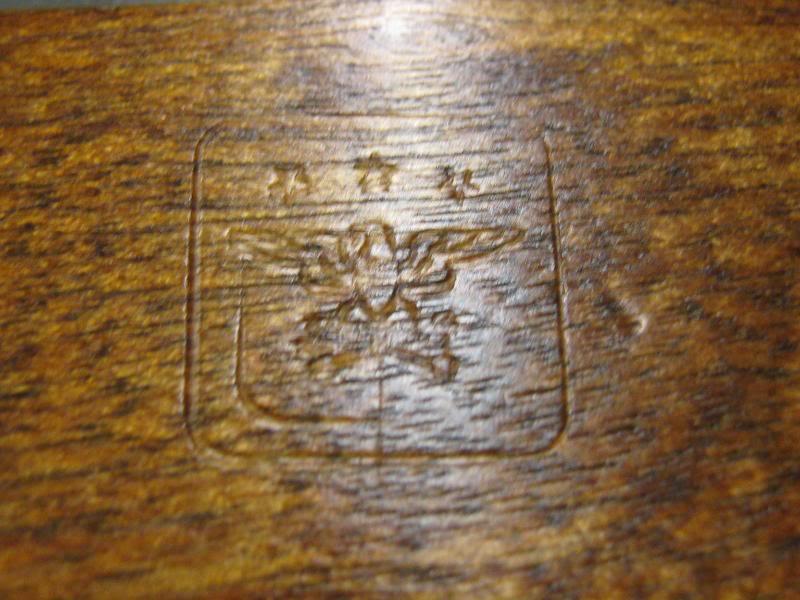 Information
Information














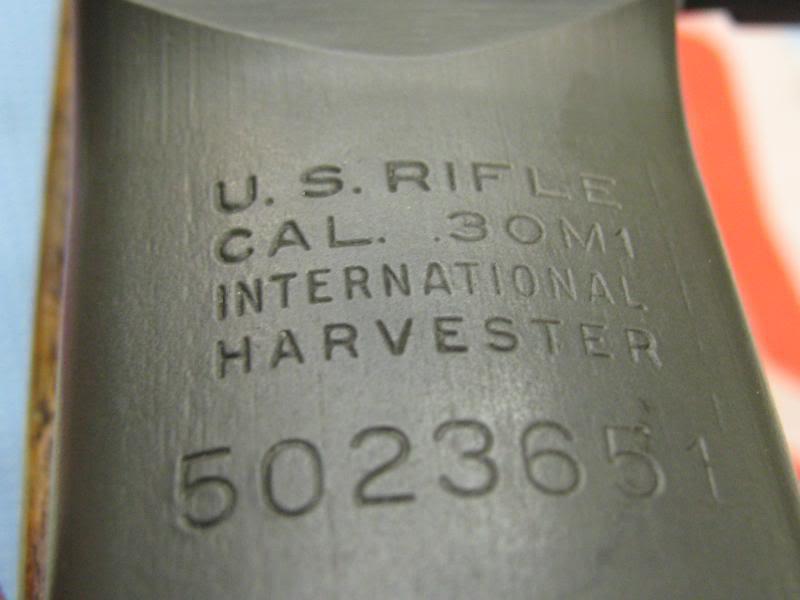
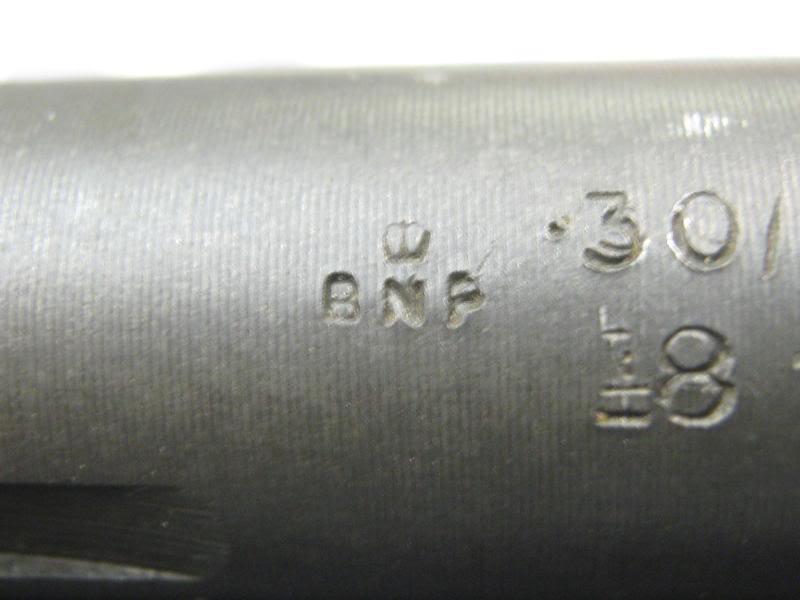
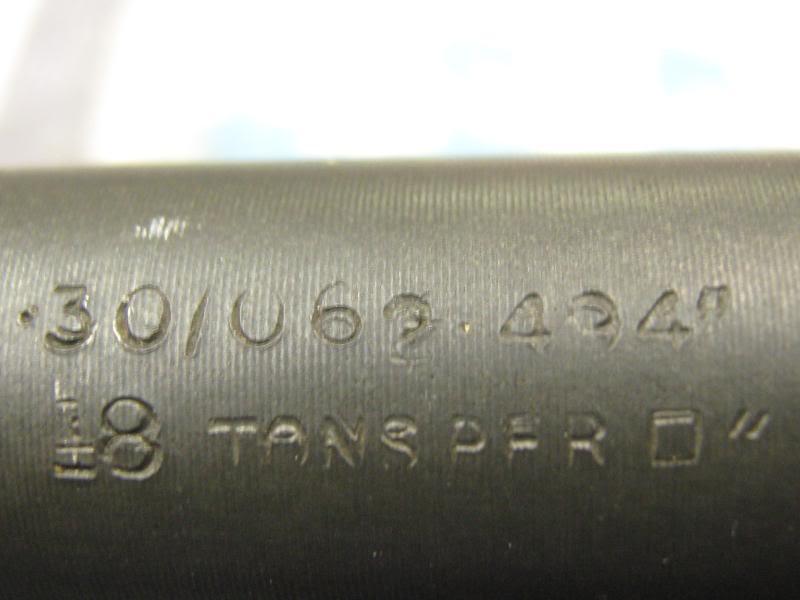
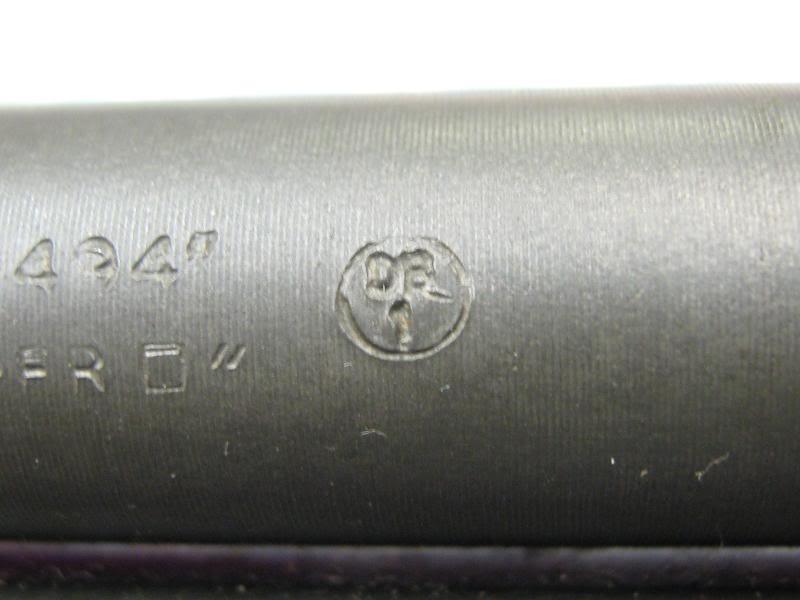
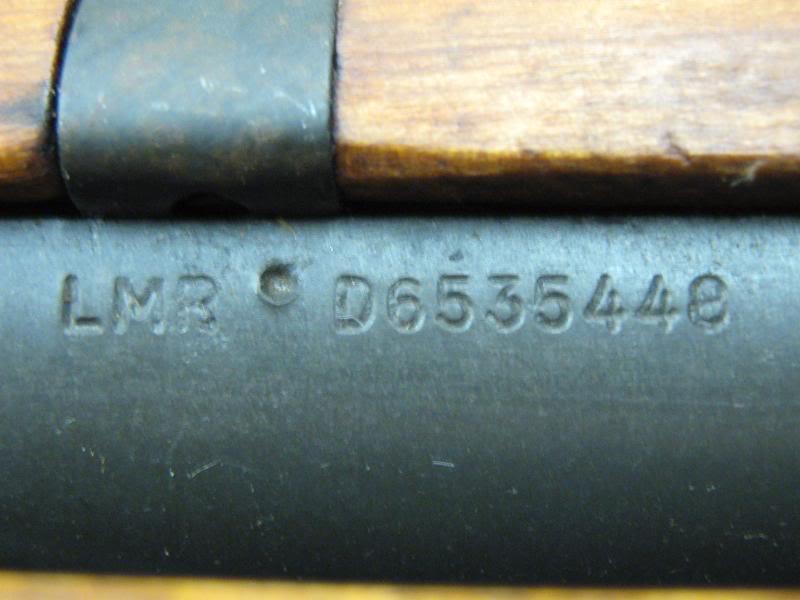
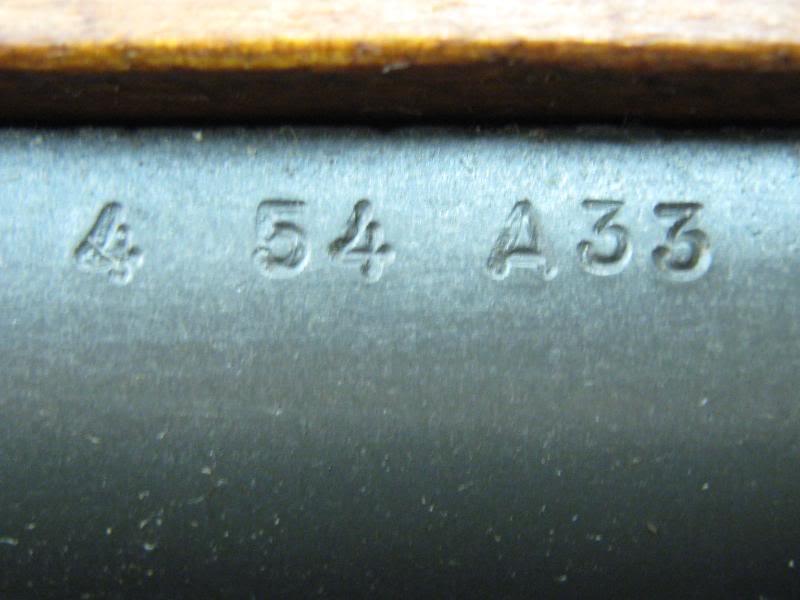
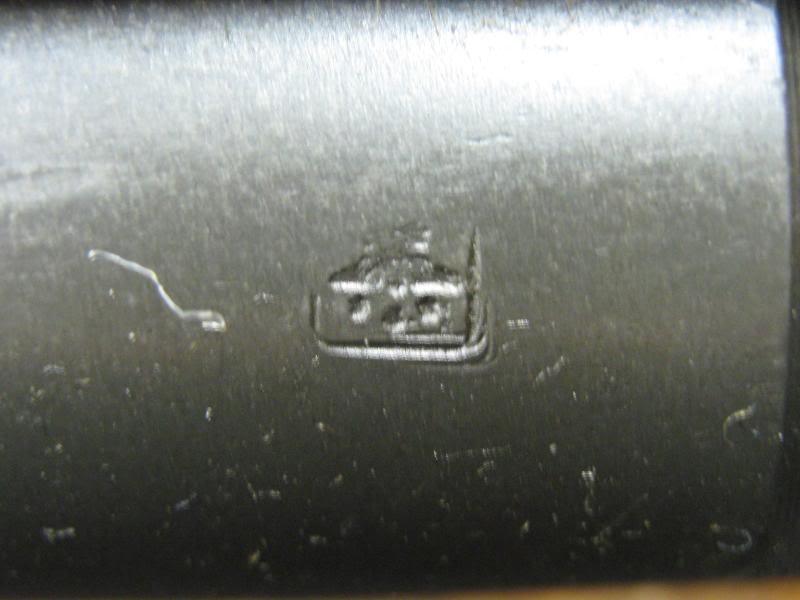
 PM
PM










